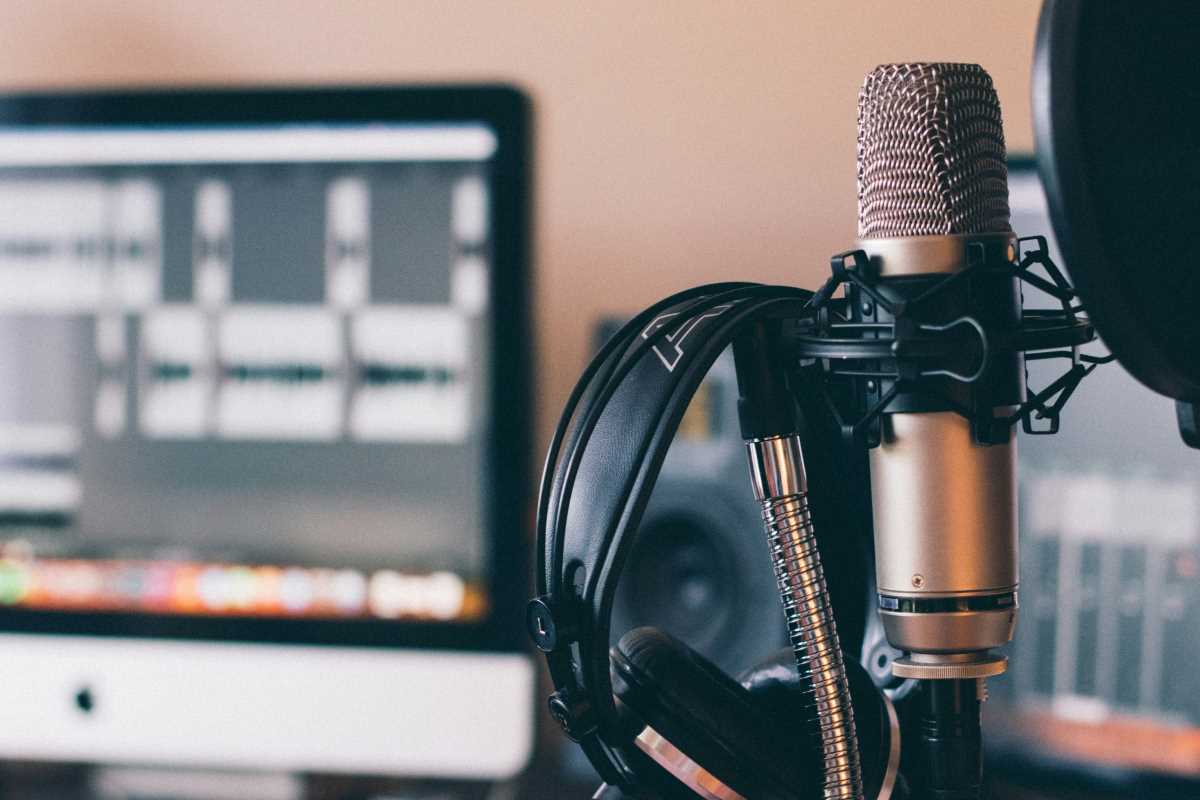Managing a full-time job while dedicating energy to side projects builds both your abilities and your income. When you fill evenings and weekends with creative or technical work, you have the opportunity to learn new skills and explore your interests beyond your main role. Finding a routine that supports your primary responsibilities and allows space for personal projects can lead to growth in unexpected ways. By developing a balance that honors your main job’s requirements and still leaves time for side pursuits, you create a path toward greater stability and the chance to try out fresh ideas. This approach can help you reach your goals while enjoying the journey.
Whether you’re sketching designs, writing code, or teaching music, weaving professional duties with self-driven projects calls for inventive time layouts and boundary-setting techniques. Through a blend of mindset shifts and concrete frameworks, you can nurture steady progress without letting either role slip.
Creating Time Niches
Instead of squeezing side projects into every spare minute, set up dedicated ‘focus zones’ that turn scattered minutes into powerful creative sessions. Map out zones—morning sprints, lunch break crunches, or evening wind-down slots—and create mental cues that sharpen your concentration for each task.
These zones function like mini-retreats, separating your 9-to-5 responsibilities from passion work. Over a week, you gather multiple bursts of productivity rather than battling fatigue in long, undifferentiated stretches. Establish rituals—like brewing a specific tea or playing a short track—to signal your brain that it’s time to switch modes.
Building Creative Flow
Keeping your energy for side pursuits high depends on how well you refill your mental well. Inject small pockets of inspiration—such as a 10-minute sketch session or jotting one paragraph of a story—to keep ideas bubbling without overwhelming your calendar. Think of these as micro-infusion points that reconnect you to the joy of creation.
Include freelance work between routine tasks to prevent stagnation and avoid burnout. Little creative bursts encourage momentum: a quick brainstorm, a photo snap, or a five-minute editing pass. Over days, they lead to surprising breakthroughs.
Practical Scheduling Tactics
1. Time-Blocking Matrix
- Purpose: Prevent work from spilling over and manage energy levels.
- Step-by-step:
- Find your daily two-hour window for intense tasks.
- Reserve post-lunch hours for lighter side-project reviews.
- Dedicate 15 minutes before logging off to note next steps.
- Cost/metric: Free with any calendar app; success measured by task completion rate.
- Insider tip: Color-code each segment in your digital calendar for quick recognition when reviewing your week.
2. Task-Batching Technique
- Purpose: Cut down on context switching and save mental energy.
- Step-by-step:
- List all recurring small tasks for your side gig.
- Allocate two 30-minute slots weekly to complete them consecutively.
- Use a simple checklist to track progress.
- Cost/metric: Zero cost; measure time saved by comparing single versus scattered sessions.
- Insider tip: Use a basic spreadsheet timer to track batch durations and improve future estimates.
3. Energy Mapping Chart
- Purpose: Align tasks with your natural energy rhythms for maximum efficiency.
- Step-by-step:
- Record your perceived focus level every two hours for one week.
- Highlight consistent peaks and dips.
- Assign side-project tasks to your identified peak times.
- Cost/metric: Free using paper or note app; track the percentage of tasks completed on schedule.
- Insider tip: Consider commute or midday breaks as mini-recharge periods before tackling creative work.
4. Theme-Day Framework
- Purpose: Reduce decision fatigue and promote deep work.
- Step-by-step:
- Outline five core areas of your side gig.
- Assign each area to a different weekday.
- Stick to your theme, even if progress feels slow.
- Cost/metric: Free; measure success by weekly milestone completion.
- Insider tip: Review and rotate themes monthly to prevent routine from becoming monotonous.
5. Digital Pomodoro Timer
- Purpose: Enforce regular breaks and keep motivation high.
- Step-by-step:
- Download any free Pomodoro extension.
- Set work intervals to 25 minutes, breaks to five minutes.
- After four cycles, take a longer break of 15–20 minutes.
- Cost/metric: Free or under $5; track the number of cycles per side-project session.
- Insider tip: Choose a timer with a soothing alarm tone that feels inviting rather than jarring.
Stick to these methods by establishing simple, consistent rituals that help you build momentum and avoid decision fatigue. Track your results—whether through time logs or completion rates—to turn your intentions into clear signs of progress.
Using Advanced Tools for Better Results
Use real-time chat and lightweight project boards to streamline collaboration and reduce friction between tasks. Automate reminders, organize notes, and simplify common actions to save mental energy and stay focused. By treating your full-time role and side projects as complementary, you’ll build momentum and balance growth across both.
 (Image via
(Image via





